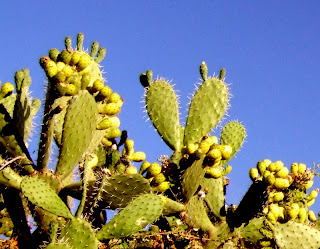"¡Toros No!"

I was overjoyed when the Catalan regional parliament voted to ban bullfighting in Cataluña this week. Although it is widely reported as a being nationalist gesture of anti-Spanish defiance rather than a success for animal rights (see Colm Tóibín´s interesting and informative article in today´s Guardian ), there is no doubt that the tide of public opinion is turning, not only in Europe-facing Cataluña but in "Spanish" Spain as well. (NB: Cataluña was not the first Spanish autonomous region to ban bullfighting; the Canary Islands did so in 1991.) Polls indicate that 72% of Spaniards express no interest in bullfighting. More significantly, while half of the over-65s express interest, less than a quarter of 25-34 year-olds do so. Attendances are falling and some say it is only kept alive by a small but powerful group of interested parties - not least the breeders of the toros bravos who received vast amounts of state subsidy. NOT AL...





